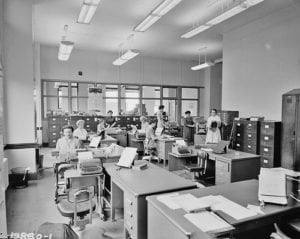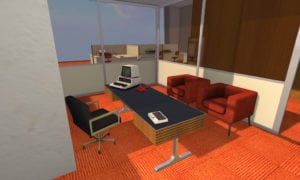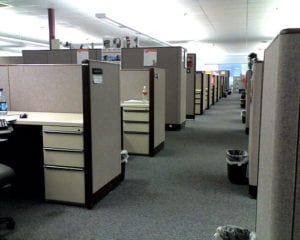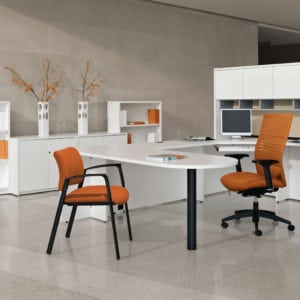Office History – Cubicles, Open Space and Beyond
Office furniture has evolved significantly over the last several decades. Back in the day going to work meant an environment of wooden desks, typewriters, and stacks of files. Now it is a technological paradise of open space designs, sit-stand workstations and little to no paper anywhere. Here is a brief stroll through the history of office décor.
The 1950s
In the 50s many workplaces featured wooden desks, enormous filing cabinets and — hang onto your smartphone — typewriters and adding machines! Employees were seated in rows much like a classroom while bosses had their own offices. Anyone who watches Madmen knows that people smoked all day while at work during this decade and attire was business professional – dresses for the women and a white shirt & black tie for the men. Looking back, this era could be considered the birthplace of the open office plan.
The theme: Standardization is king.
The 1960s
The 60s were a time of change, both culturally and within the walls of the office. Colors began to seep into the workplace along with metal office desks complimented with eccentric props. The colors didn’t stop at the décor. Men’s attire expanded from the white shirt and tie to brown, blue, and patterned suits while women wore brightly colored dresses, sometimes even above the knee! Tools of the trade still included typewriters and adding machines along with switchboard telephones and Dictaphones (today’s equivalent: the sound recorder on your iPhone).
The theme: Colors, metal, and flare.
The 1970s
The notion of change continued in the 70s with an emphasis on a more comfortable office. Ergonomic desks and chairs emerged along with an increased awareness of social responsibility. Recycling became popular, as well a focus on sustainable office furniture elements. Sweeping standardization gave way to individual comfort and personality. Colors brightened, and technology boomed with the addition of the facsimile (FAX) machines and other automated tools. Modular desks were popular, and furniture as a whole started to be assigned based on need versus rank. And because it was the 70s, shag carpeting crept into some offices, completing the comfortable surroundings motif.
The theme: Color, comfort, and technology.
The 1980s
Corporate became king in the 1980s. Companies were defining their brand with contrasting colors, clean lines and futuristic metal and glass furniture. The cubicle made its debut during this time in the form of panels to partition workers in the bold new office place. More workers combined with larger workspaces drove the need for a solution that included personal space and high density – something that could house a desk and credenza. Rolodexes and files were still necessary for this pre-Google era. Workplace attire included dresses and blazers for the working women and suits with omnipresent lapels and colorful shirts for the men.
Overall theme: Corporate culture, modernization, and individual spaces.
The 1990s
The 1990s were less about aesthetics and more about function for most workplaces. The cubicle became more refined and utilitarian while computer use increased drastically. This rise in computer use meant less paper, book and binder storage area was needed from day-to-day. Colored cubicle panels gave way to grays and tans and desks became L-shaped and U-shaped to accommodate computer components. These new configurations were a necessary addition to the traditional desk and credenza model of the 1990s, but they didn’t provide much in the way of creativity or aesthetics. For some, the 1990s was a time to scale back on first impressions at the office and ramp up the company website instead.
Overall theme: Utilitarian, density, and automation.
The 2000s and beyond
When 2000 arrived, the world’s biggest worry was the Y2K bug and whether or not all computers would crash and satellites would fall out of the sky. But, of course, none of this happened and business resumed as usual. Companies had their websites in order, so focus turned back on how to maximize employee productivity.
The idea of in-office collaboration was, and still is, a popular strategy – encouraging workers to communicate openly and share thoughts as they worked. To foster this necessary collaboration, the open office layout was resurrected. Public areas where small groups could spontaneously gather became very common. Employees started using laptops, making it possible to work from anywhere – inside or outside of the office. Individual pods in the office began to serve as a place where an employee could go to “jam” or truly concentrate on a project.
Cubicles didn’t vanish altogether; instead, they were modernized. Panels now come available in varying colors, patterns, heights and materials to complement existing office décor. Additionally, glass partitions now serve as a solution in offices to allow natural light in, while ultimately reducing ambient or external noise. Modular and customizable furniture components are also available for those organizations who want to maximize their space and create a unique working environment.
Overall theme: Style, function, and collaboration.
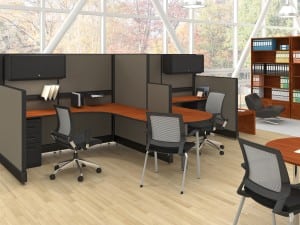
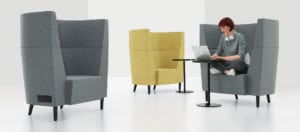
Taking Your Company to the Next Level
The evolution of the workplace will continue, and we’re ready for it. At Office Furniture EZ, we sell new, used, and re-manufactured office furniture. Take advantage of our extended selection, fair pricing and wealth of experience with site preparation, design, and setup. Contact us today to schedule your free, no-obligation site survey and let us design your next cubicle or open office space.
